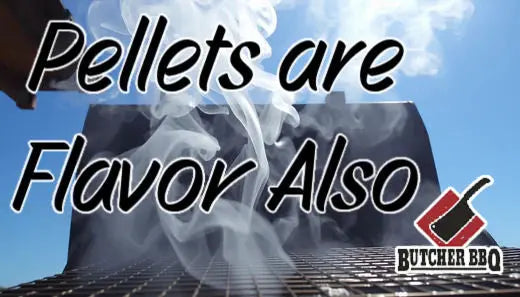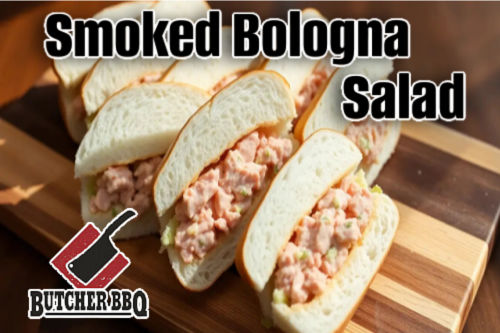
Unlock the Secrets of Smoker Pellets: Discover the Differences That Elevate Your BBQ Game
As a passionate BBQ enthusiast, I've always been fascinated by the role of smoker pellets in elevating the flavors of grilled and smoked meats. Whether you're a seasoned pit master or just starting your journey into the world of backyard barbecue, understanding the differences between various types of smoker pellets can make all the difference in your culinary creations.
At the heart of every great barbecue lies the perfect blend of wood smoke and expertly cooked meat. Smoker pellets are the unsung heroes that infuse your dishes with that irresistible, mouthwatering aroma and depth of flavor. But with so many options available, it can be overwhelming to navigate the world of pellet varieties.
Hardwood, Flavored, or Blended: Exploring the Types of Smoker Pellets
The first step in mastering the art of smoker pellets is understanding the three main categories: hardwood, flavored, and blended.
Hardwood pellets, such as oak, maple, or hickory, are made from pure, untreated wood. These offer a more traditional, robust smoke flavor that pairs beautifully with meats like brisket, pork shoulder, and beef ribs.
Flavored pellets, on the other hand, are infused with additional ingredients like fruit woods or herbs, providing a unique and often more subtle smoke profile. These can be a great choice for poultry, fish, or even vegetables, adding a delicate touch of complementary flavor.
Finally, blended pellets combine different wood types, allowing you to experiment with complex and layered smoke flavors. These can be particularly useful when you want to achieve a specific taste or balance between the various wood notes.
Unlocking the Key Differences: Wood Source, Flavor, and Burn Rate
Beyond the broad categories, the real magic lies in the nuanced differences between individual pellet varieties. The wood source, for instance, can significantly impact the flavor profile, with each type of hardwood imparting its own distinct character.
Hickory, for example, is known for its bold, bacon-like smokiness, while maple offers a sweeter, more subtle aroma. Experimenting with these variations can help you find the perfect match for your preferred meats and personal taste preferences.
Additionally, the burn rate and heat output of different pellets can affect the cooking process. Some pellets may burn hotter and faster, while others smolder more slowly, allowing for a more controlled and even cooking environment.
Choosing the Right Pellets: Matching Flavors and Experimenting with Blends
When it comes to selecting the perfect smoker pellets, the key is to consider the type of meat you're cooking and your desired flavor profile. For instance, a rich, beefy brisket may pair beautifully with a bold hickory or oak-based pellet, while delicate seafood or poultry might benefit from a more subtle, fruit-infused blend.
Don't be afraid to experiment with different pellet combinations as well. Mixing and matching various wood types can unlock a whole new world of complex, layered flavors that can truly elevate your BBQ game.
Mastering the Art of Smoker Pellets: Tips for Storage and Flavor Exploration
Proper storage is also crucial for maintaining the quality and freshness of your smoker pellets. Keep them in a cool, dry place, and consider using airtight containers to prevent moisture and air exposure from compromising their flavor.
As you continue your journey into the world of backyard barbecue, I encourage you to embrace the endless possibilities of smoker pellets. Explore different varieties, mix and match, and discover the unique flavor profiles that speak to your personal taste. With a little experimentation and a whole lot of delicious results, you'll be well on your way to becoming a true pit master in your own right.
So, fire up that smoker, grab your favorite pellets, and get ready to elevate your BBQ game to new heights. The possibilities are endless, and the flavors are waiting to be discovered.




